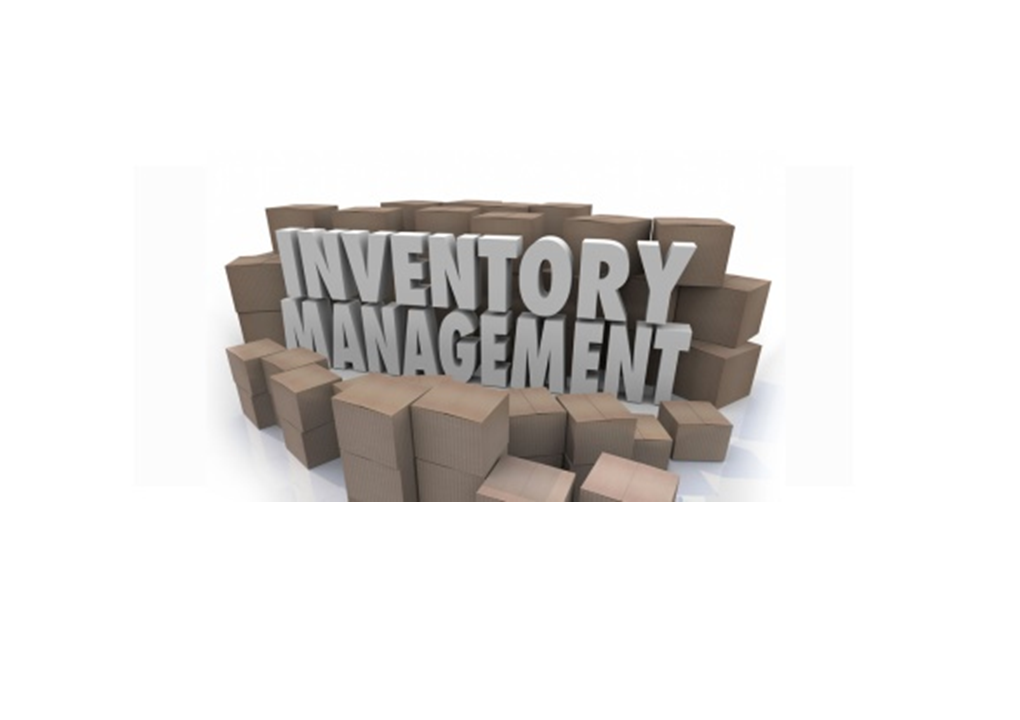Ledger Accounts
Meaning and Concept of Ledger
We know that all financial transactions are recorded first in the journal in a chronological order. Then in the next step, those journalized transactions are classified periodically into various accounts as per their nature. When all transactions of a particular account are collected at one place, then it is called 'ledger'.
In other words, a ledger is a book in which all the accounts of a business relating to persons, assets, expenses, incomes etc re maintained. In a ledger, a separate account is opened for each different types of transaction. The journal is known as the book of original entry and the ledger is known as the principal book of accounts.
The main function of the ledger is to classify and summarize all the items appearing in journal and other books of original entry under appropriate accounts, so that at the end of the accounting period, each account contains the entire information of all transactions relating to it.
"The ledger is a book of accounts which contains in classified form, the final and permanent records of a trader's transactions".- F.G. William
Features of the ledger
The following are the some important features of ledgers listed as bellows:
Account transactions are recorded in the particular table
The balances are calculated at the end of the period
Transactions are maintained at chronological order
Each account have its separate headings
Each ledgers table have two column of amount as debit and credit
Objectives of the ledger
The following are the objectives of preparing ledgers:
To classify the financial transactions
To help in preparing trial balance
To help in ascertaining profit or loss
To depict the financial position
To provide the information about purchase and sales
To Provide the information about creditors and debtors
Methods to preparing Ledger Account
Basically there are two methods to prepare the ledger account as:
- T- Account: Its basic form is as same as English letter "T". Each ledger account is divided into two parts. The left hand side of the ledger account is known as debit side and right hand side of the ledger account is known as credit side.
Specific Ledger Account: Under this method, the ledger account is prepared based on using particular account but their opposite account name is considered with same amount of above account.
Basically the ledger can be classified into to two broad categories presented as below:
Personal Ledgers
Account Receivables: It is also known as sundry debtors ledger. This ledger is personal in nature due to the involvement of either natural or artificial person. It is one the short-term current assets.
Account Payable: It is also known as sundry creditors ledger. This ledger is personal in nature due to the involvement of either natural or artificial person. It is one the the short-term current liabilities.
Impersonal Ledgers
Assets and Liabilities Ledgers: These ledgers are basically related to Real Account that include long-term tangible and intangible assets plus long-term liabilities like bank loan, debenture or bond.
Capital Ledgers: These ledgers include all those ledgers that contributes capital for the business like equity share capital, preference share capital, retained earnings, etc.
Nominal Ledgers: These ledgers are all those ledgers which consist incomes or expenses
Ledger
is a book in which all the accounts of a business relating to persons,
assets, expenses, incomes etc re maintained. In a ledger, a separate
account is opened for each different types of transaction. The
main function of the ledger is to classify and summarize all the items
appearing in journal and other books of original entry under appropriate
accounts. Basically there are two methods (include T- Account and Specific Ledger Account) to prepare the ledger account. Basically the ledger can be classified into to two broad categories as personal and impersonal ledgers.
Come On, Tell Me What You Think!
Did I miss something? Come on! Tell me what you think about this post on Ledger Account in the comments section.




Nice blog
ReplyDeletecheck out our blogs
nse finwiz